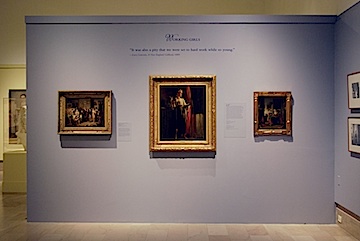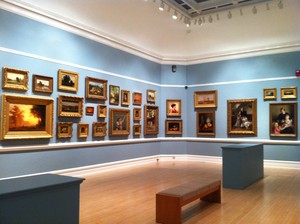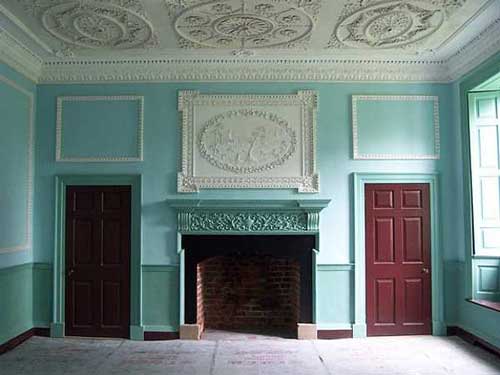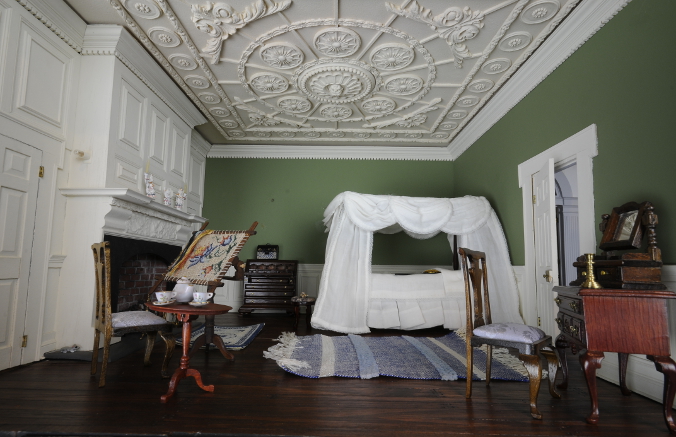- Annie Mason

- 4 min read
Annie's blog is a tour through her home art studio. Her artwork is watercolor, pen and ink, and crayon. She highlights and makes recommendations on art supplies for the visitors who come to her website. Annie has a Masters' degree in Art History, using her studies in this post on artists from the past.


Twelve artists from various periods in art history have been quoted here. Each artist's artwork helps show their style and the focus they bring to their art studio, and the reader can then make their assumptions about their written words and what meanings we can take in our thoughts today.
1.
"Creativity takes Courage." - Henri Matisse

To those who rarely create art, it may seem as though the creation process is easy and comes without any challenges. But, for those who know that creating a work of art is rarely simple, this quote by Henri Matisse will likely resonate.
Matisse visited Tangier, Morocco, where he stayed from the end of January until April 1912. He noted how the local population would daydream for hours, gazing into goldfish bowls. For Matisse, the goldfish came to symbolize this tranquil state of mind.
2.
"If I could say it with words, there would be no reason to paint." - Edward Hopper

Some artists see art as a type of dialogue, like Edward Hopper did. Although art is often a visual medium, it can communicate as effectively as words. (Or, in Edward Hopper’s case, more effectively than words!)
Just look at this painting. Can't you "write" a story in your mind? Hopper did it so eloquently with his brush.
3.
"Painting is just another way of keeping a diary."
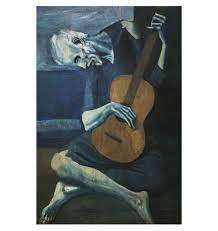
Similarly, another great artist, Pablo Picasso, likened his paintings to maintaining a diary. How he describes substituting a paintbrush for a pen demonstrates how similar the branches of the arts can be. It’s not so much about being a painter or a writer; they are two beasts of the same species. We could also guess that creativity of all types essentially draws from the same well of genius.
4.
"An artist is not paid for his labor but for his vision."

Sentimental in his approach, Whistler is a leading proponent of the credo "art for art's sake." His art is marked by subtle delicacy, while his public persona is combative. He found a parallel between art and music and titled many paintings, arrangements, harmonies, and nocturnes.
Whistler's Mother, Wood's American Gothic, Leonardo da Vinci's Mona Lisa, and Edvard Munch's The Scream have all achieved something that most paintings—regardless of their art historical importance, beauty, or monetary value—have not: they communicate a specific meaning almost immediately to almost every viewer. These few works have successfully transitioned from the museum visitor's elite realm to the enormous venue of popular culture.
5.
"I found I could say things with color and shapes that I couldn't say any other way -- things I had no words for." - Georgia O'Keeffe

This art quote by Georgia O’Keeffe tells us she found art capable of expressing what she wanted to say better than words themselves.
6.
“The richness I achieve comes from nature, the source of my inspiration.” – Claude Monet

Impressionism was pivotal in Europe, and artists like
Claude Monet joined the movement, which used
small, visible brushstrokes that offer the
bare impression of form, unblended color,
and an emphasis on the accurate depiction of natural light.
7.
“Every good painter paints what he is.”
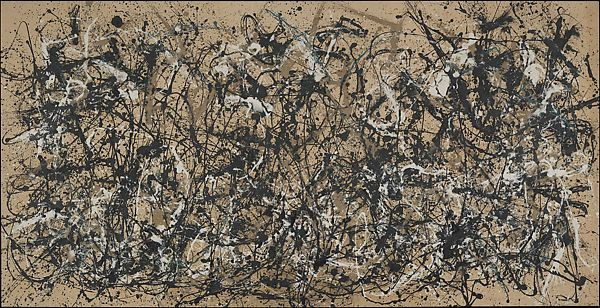
An artist who truly knew the meaning of becoming part of his artwork. Not just throw the paint on the canvas, but plan exactly where the paint should land, how even the amount of paint in each inch is planned and definitive, and the action "becomes" the painting in the process.
8.
“Paintings have a life of their own that derives from the painter's soul.” - Vincent van Gogh

Never has an artist been so studied as to their "inner self." Troubled throughout his life, Vincent put paint to canvas and bared his soul to us. One wonders what he could have given to us had he been able to conquer the demons.
9.
"I love those who can smile in trouble, who can gather strength from distress, and grow brave by reflection. - Leonardo da Vinci

Is there a more recognizable image in all of art history? What is it that Da Vinci captures? The enigmatic smile? The oft-copied parody of what is she thinking? For all the notoriety of this particular work, Leonardo was SO much more. A true giant in the early Renaissance: writer, painter, sculptor, scientist, theorist, and architect.
10.
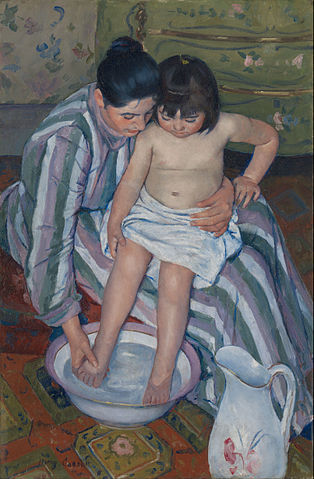
11.
“I’m not really sure what social message my art carries, if any. And I don’t want it to carry one. I’m not interested in the subject matter to try to teach society anything or to try to better our world in any way.”

It was an era where Lichtenstein's work defines the premise of pop art through parody even as the precise composition, while displaying the tongue-in-cheek manner defines his style.
12.
"The greater danger for most of us lies not in setting our aim too high and falling short, but in setting our aim too low and achieving our mark."
- Michelangelo
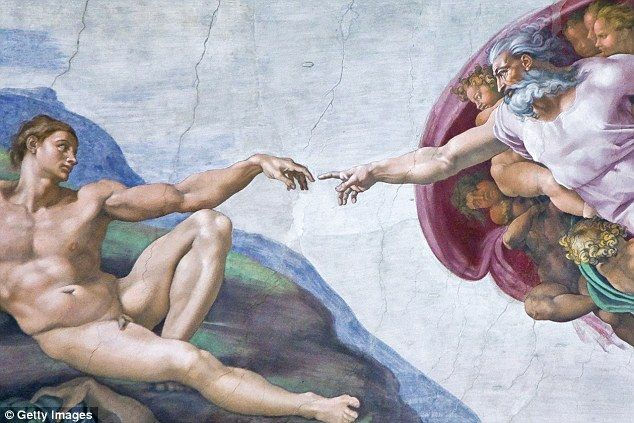
Another Renaissance artist (painter, sculptor, architect) defined the brilliance of his era. His exemplary study of human anatomy is beyond the norm. Recognized by his contemporaries as a "genius" at a young age his work demonstrated a blend of psychological insight, physical realism, and intensity never before seen.
So many more. Artists are deep thinkers by nature. For every artist that we can name there is a quote because, for them, art IS life.
One more:
It’s not what you look at that matters; it’s what you see.
― Henry David Thoreau
Suggested books:
Pin it, please! or scroll down to leave a comment.












